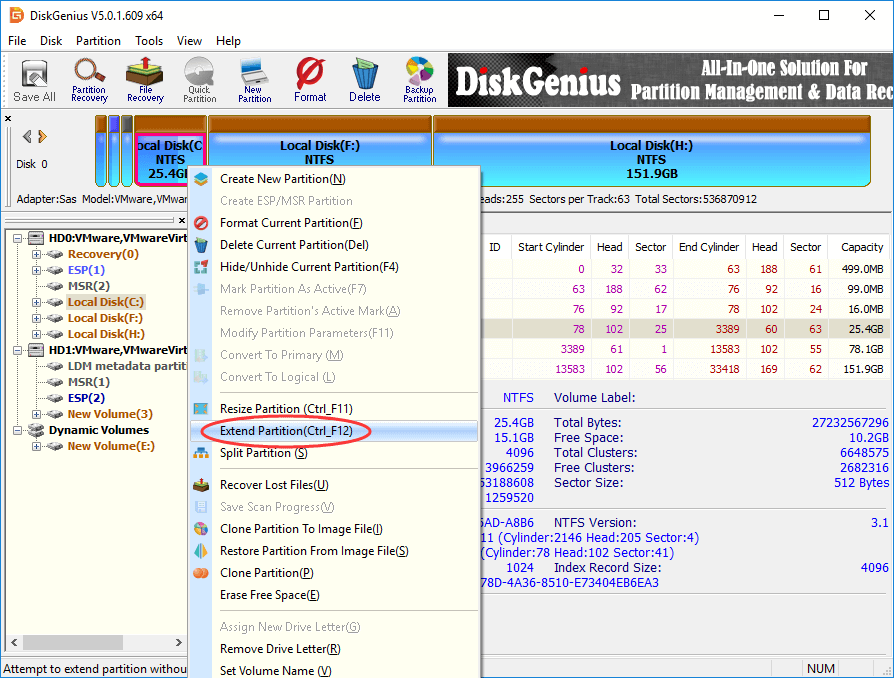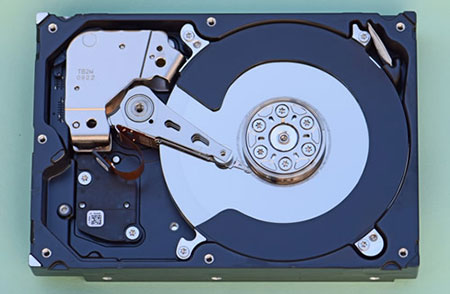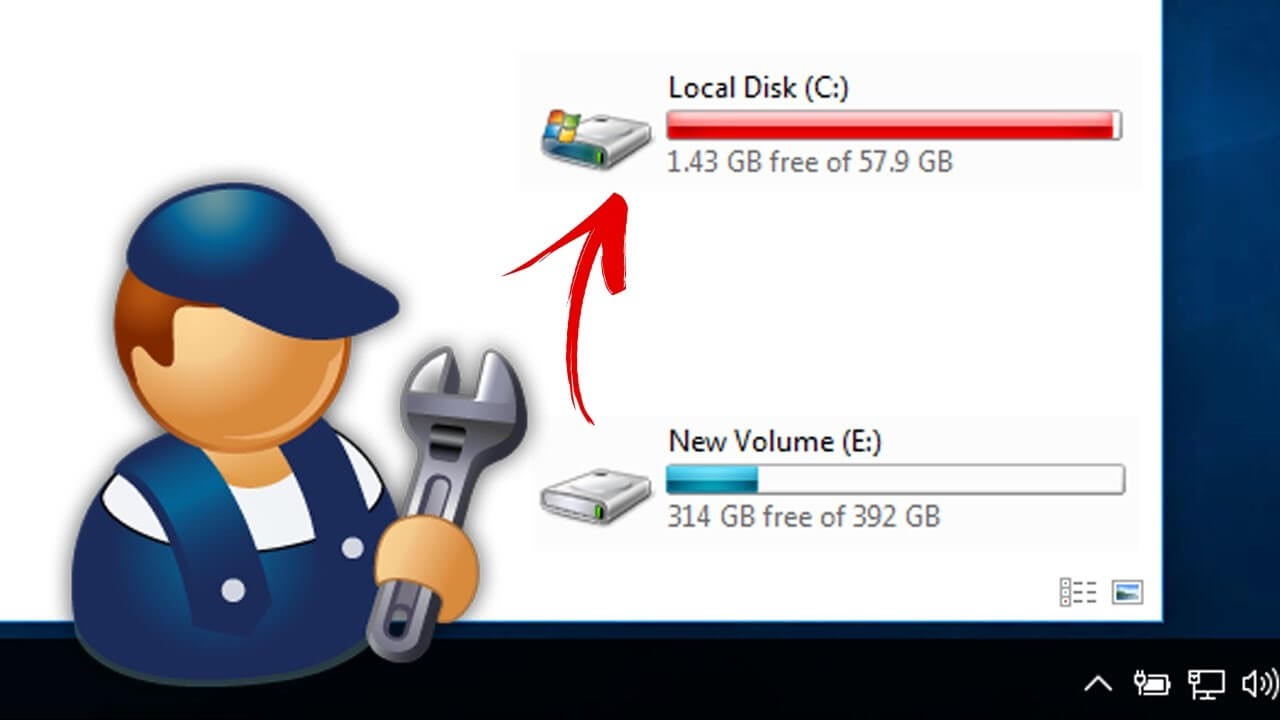
In such cases, you can use recovery programs such as Remo Recover to recover data. It’s common and can happen to almost anyone. If you have lost data due to formatting, partitioning or corruption and you don’t have a backup in place, you’re not alone. It can only extend volumes with adjacent space to the right of it.ĭisk space problems are one thing, but data loss problems are another. And if there was no unallocated space, they would ideally shrink another volume to create unallocated space, which would then be used to extend C: drive.Īs you can see, this is the limitation of Disk Management. They are specialized partition managers which can move around partitions and extend/shrink volumes in a few clicks. In such cases, you have to make use of third-party partitioning tools. Suppose the unallocated space was not adjacent to your C: drive, extending C: drive would not have been possible using Windows. What if unallocated space was not adjacent to C: drive or what if there was no unallocated space? Now, you have successfully extended C: drive by using unallocated space. Once you have exhausted the maximum space available in unallocated space, Extend Volume option will be disabled. This will extend your C: drive as per your need. Click Next to merge C: drive with available space.You can add all of the unallocated space available. In the next screen, you will be given a choice to choose a required amount of space to C: drive.

Right click on C: drive and select Extend Volume.Press Windows + X and click Disk Management.

In this section, you will use the unallocated space and extend it into C: drive. However, it does have certain limitations, which will be discussed later.Įxtend C: drive using adjacent unallocated space

It is a great tool to manage partitions on your computer. You can create, delete or shrink existing partitions using Disk Management tool. But before we begin, it is important that you backup everything as you may lose data with this process. In this article, we’ll explain in detail how you can do that. Then you can use the extend volume functionality to add space to your C: drive. In such cases, you’re lucky if you have unallocated space to the right of C: drive.

But there is only so much you can do because it is C: drive and it contains the most important files. And one day you may receive a message ‘You are running out of disk space on Local Disk (C).’ In such situations, the obvious answer is to delete unnecessary files and folders. Over time, you’re C: drive continues to be loaded with applications and other system files.


 0 kommentar(er)
0 kommentar(er)
